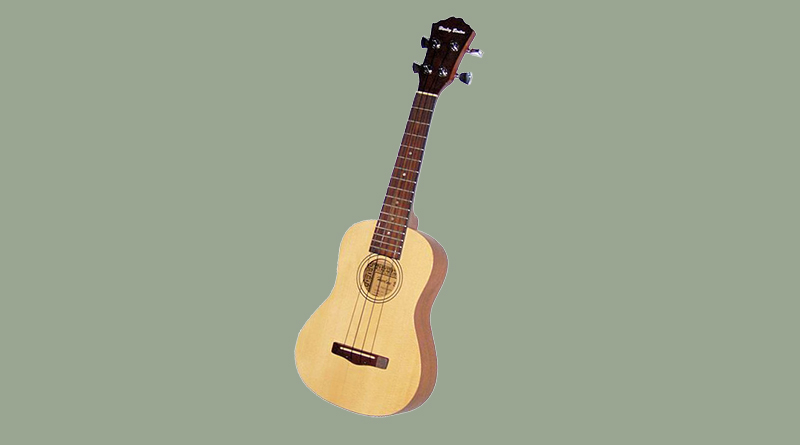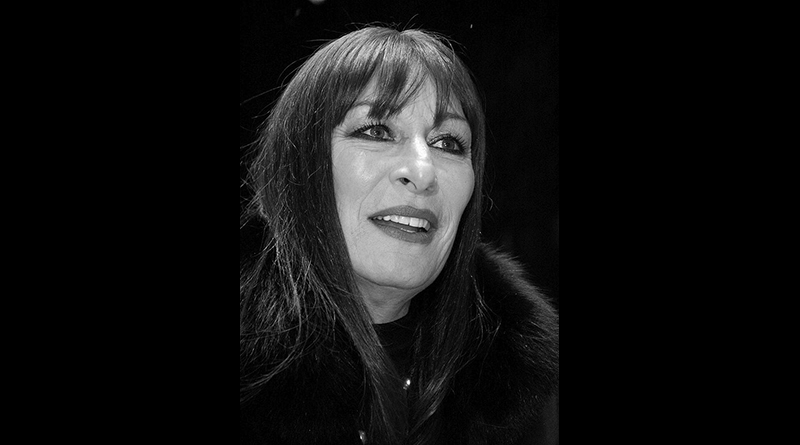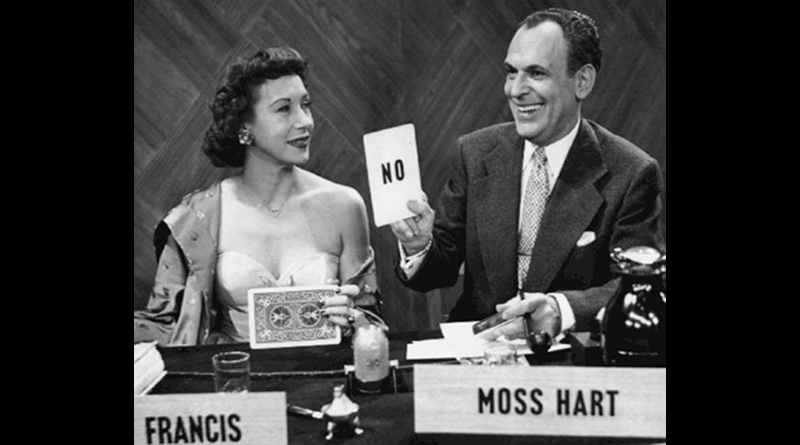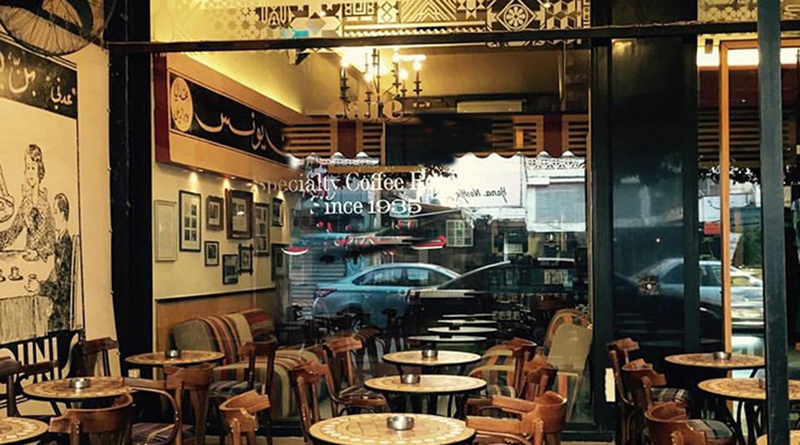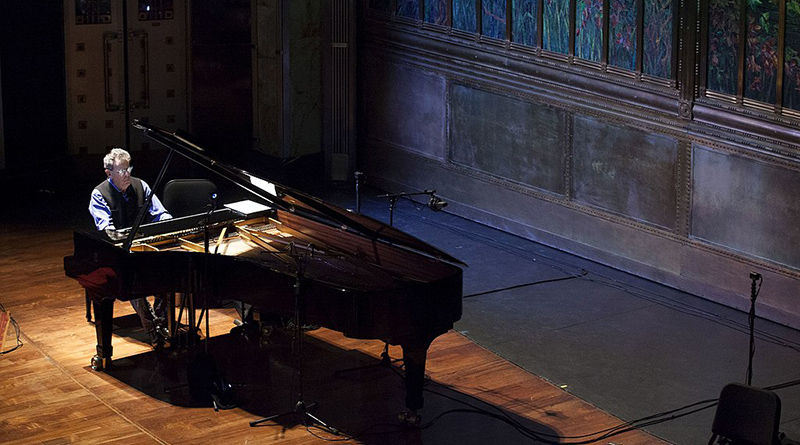I was incredibly shy at the time and remained so for many years, so one might ask (and people did) what in the world a withdrawn introvert was doing making a spectacle of himself on stage. (I didn’t ask myself such questions at the time.) In retrospect, I guess that like many others, I decided that making my art in public (even if that meant playing people’s songs at that point) was a way of reaching out and communicating when ordinary chitchat was not comfortable for me. It seemed not only a way to “speak” in another language, but also a means of entry into conversation — other musicians and even girls (!) would talk to someone who had just been on stage.
Performing must have seemed like my only option. There was also the remote possibility that I would briefly be the hero and reap some social and personal rewards in other areas beyond mere communication, though I doubt I would have admitted that to myself. Poor Susan Boyle; I can identify. Despite all this, Desperate Dave did not have ambitions to be a professional musician — that seemed wholly unrealistic.
Years later I diagnosed myself as having a very mild (I think) form of Asperger’s syndrome. Leaping up in public to do something wildly expressive and then quickly retreating back into my shell seemed, well, sort of normal to me. Maybe normal is the wrong word, but it worked. A study in the British Journal of Psychiatry in 1994 by Felix Post claimed that 69 percent of the creative individuals he’d studied had mental disorders. That’s a lot of nutters! This, of course, plays right into the myth of the fucked-up artist driven by demons, and I would hope very much that the converse of that myth isn’t true — that one does not have to be nuts to be creative. Maybe some problem of some sort can at least get the ball in play. But I have come to believe that you can escape your demons and still tap the well.
When I was at art school in the early seventies, I began to perform with a classmate, Mark Kehoe, who played accordion. I dropped the acoustic guitar and focused on the ukulele and my hand-me-down violin, which now had decals of bathing beauties stuck on it. We played at bars and art openings, and together we traveled cross-country and ended up playing on Telegraph Avenue in Berkeley. Busking, as it’s called in Britain. By this point we had a look, too — a variation on Old World immigrant, I guess is how you would describe it. Mark adopted a more Eastern European look, and I gravitated to old suits and fedoras. I had an unkempt beard at the time, and once a young black kid asked me if I was one of those people who didn’t ride in cars.
We played mainly standards. I would sing “Pennies From Heaven” or “The Glory of Love” as well as our own arrangements of more contemporary fare, like “96 Tears.” Sometimes Mark would play an instrumental and I’d strike ridiculous poses — bent over standing on one leg and not moving, for example. Something that absolutely anyone would be able to do, but that I — or my “stage” persona — seemed to think was show-worthy. We realized that in a short amount of time we could amass enough cash to cover a meal and gas for an old car I’d picked up in Albuquerque. One might say that the reviews of a street performance were instant — people either stopped, watched, and maybe gave money, or they moved on. I think I also realized then that it was possible to mix ironic humor with sincerity in performance. Seeming opposites could coexist. Keeping these two in balance was a bit of a tightrope act, but it could be done. — David Byrne, in his book How Music Works (read for free)

